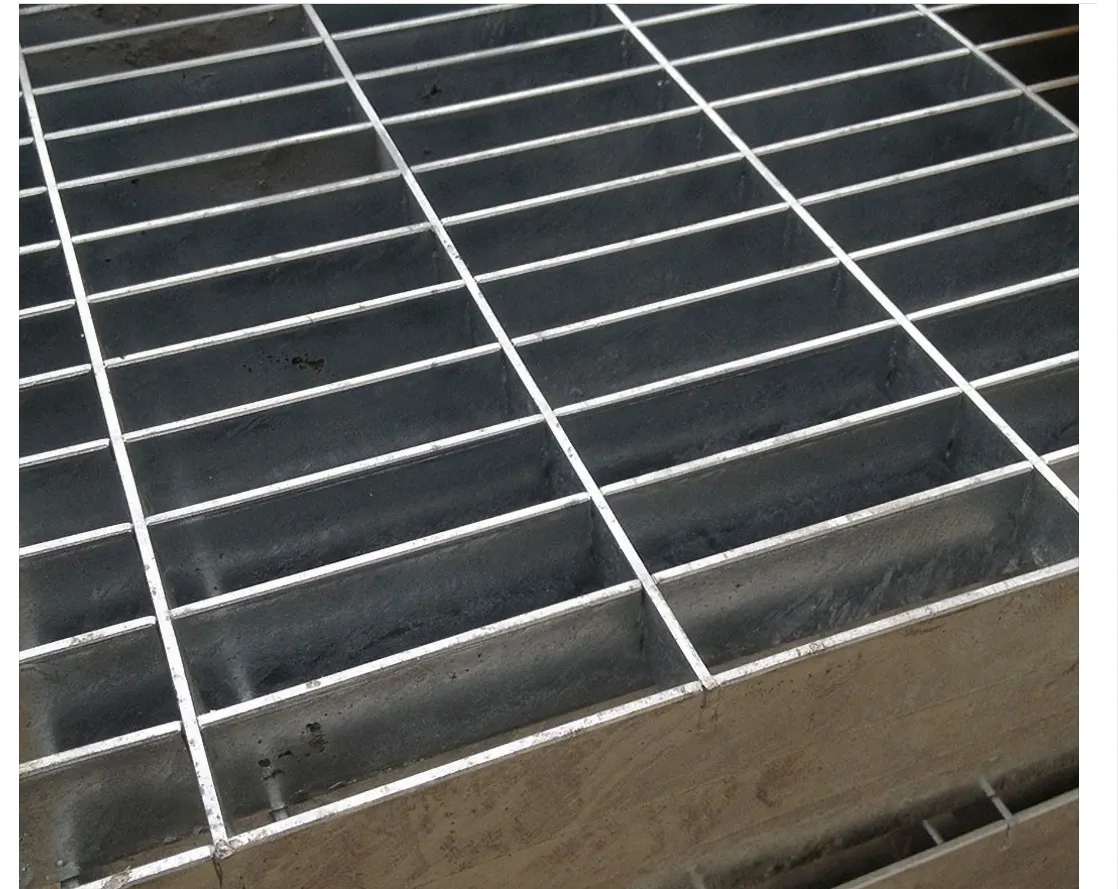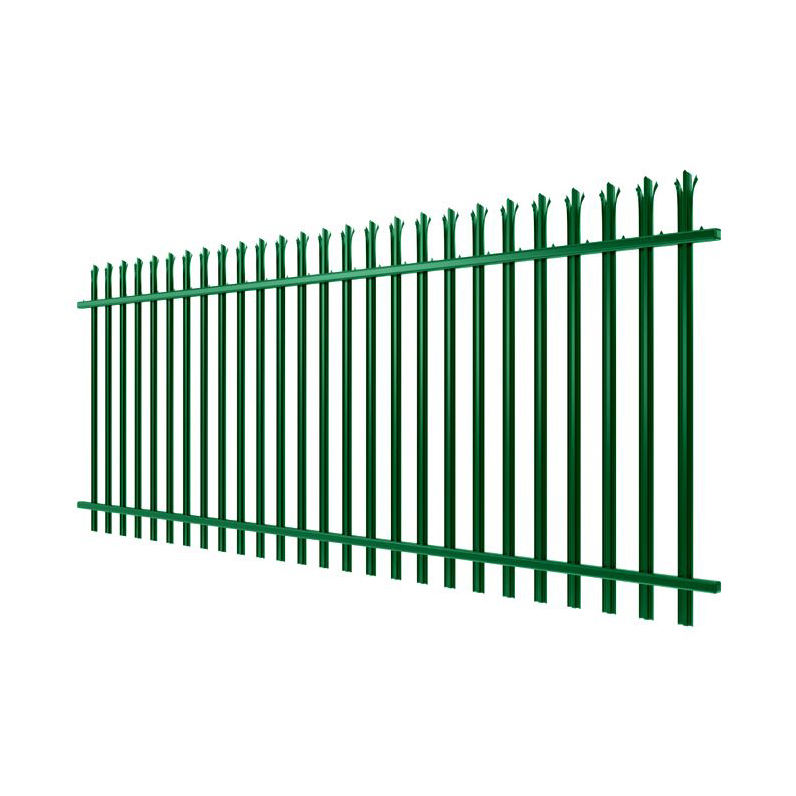3月 . 04, 2025 08:47
Back to list
materials for sound barriers
Sound barriers are becoming increasingly essential in modern construction and transportation projects, primarily due to the rise in urbanization and noise pollution. Choosing the right materials for sound barriers is crucial, not just for their effectiveness in mitigating noise but also for their durability, cost, and aesthetic appeal. As an experienced consultant in this field, here is an in-depth exploration of various materials commonly used for sound barriers, providing insights drawn from real-world applications and expert evaluations.
Advancements in material science have led to the development of composite materials for sound barriers, which are engineered to maximize sound attenuation properties. These composites often combine lightweight materials with high-density cores, providing superior noise reduction without the weight and bulk of traditional materials. Their modular design allows for easy installation and maintenance, making them cost-effective. For instance, composites made from recycled rubber, PVC, and other polymers have shown promising results in field tests, offering not only effective sound dampening but also sustainability benefits. Transparent acrylic and polycarbonate barriers are increasingly used in urban settings where aesthetics and visibility through the barrier are important, such as along highways with scenic views. These materials provide good sound reduction while maintaining transparency, thus preventing the ‘closed-in’ feel that solid walls can create. However, they might not offer the same level of sound blocking as opaque materials and require regular cleaning to prevent visual degradation from pollutants and weather. Green sound barriers, which incorporate vegetative elements such as vertical gardens or ‘green walls’, are an innovative way to tackle sound pollution while simultaneously enhancing air quality and providing a habitat for wildlife. While the vegetation helps absorb and deflect sound, these barriers require a substantial initial investment and regular maintenance to manage plant health and growth. In conclusion, selecting the right material for sound barriers depends on multiple factors, including budget, environmental conditions, required noise reduction levels, and integration within the existing landscape. Each material offers distinct advantages and challenges, making it imperative for project managers and engineers to fully understand the application context and specific acoustical requirements. Through expert consultation and thorough analysis, the most effective material can be chosen to provide long-lasting and efficient sound mitigation solutions.


Advancements in material science have led to the development of composite materials for sound barriers, which are engineered to maximize sound attenuation properties. These composites often combine lightweight materials with high-density cores, providing superior noise reduction without the weight and bulk of traditional materials. Their modular design allows for easy installation and maintenance, making them cost-effective. For instance, composites made from recycled rubber, PVC, and other polymers have shown promising results in field tests, offering not only effective sound dampening but also sustainability benefits. Transparent acrylic and polycarbonate barriers are increasingly used in urban settings where aesthetics and visibility through the barrier are important, such as along highways with scenic views. These materials provide good sound reduction while maintaining transparency, thus preventing the ‘closed-in’ feel that solid walls can create. However, they might not offer the same level of sound blocking as opaque materials and require regular cleaning to prevent visual degradation from pollutants and weather. Green sound barriers, which incorporate vegetative elements such as vertical gardens or ‘green walls’, are an innovative way to tackle sound pollution while simultaneously enhancing air quality and providing a habitat for wildlife. While the vegetation helps absorb and deflect sound, these barriers require a substantial initial investment and regular maintenance to manage plant health and growth. In conclusion, selecting the right material for sound barriers depends on multiple factors, including budget, environmental conditions, required noise reduction levels, and integration within the existing landscape. Each material offers distinct advantages and challenges, making it imperative for project managers and engineers to fully understand the application context and specific acoustical requirements. Through expert consultation and thorough analysis, the most effective material can be chosen to provide long-lasting and efficient sound mitigation solutions.
Next:
Latest news
-
Why Galvanized Trench Cover Steel Grating Resists Corrosion
NewsJul.10,2025
-
The Versatility and Strength of Stainless Expanded Metal Mesh
NewsJul.10,2025
-
Load Calculations in Steel Grating Platforms
NewsJul.10,2025
-
Keeping Pets and Kids Safe with Chicken Wire Deck Railing
NewsJul.10,2025
-
Hole Diameter and Pitch for Round Perforated Metal Sheets
NewsJul.10,2025
-
Aluminium Diamond Mesh in Modern Architecture
NewsJul.10,2025
Subscribe now!
Stay up to date with the latest on Fry Steeland industry news.
Email addressSIGN UP

